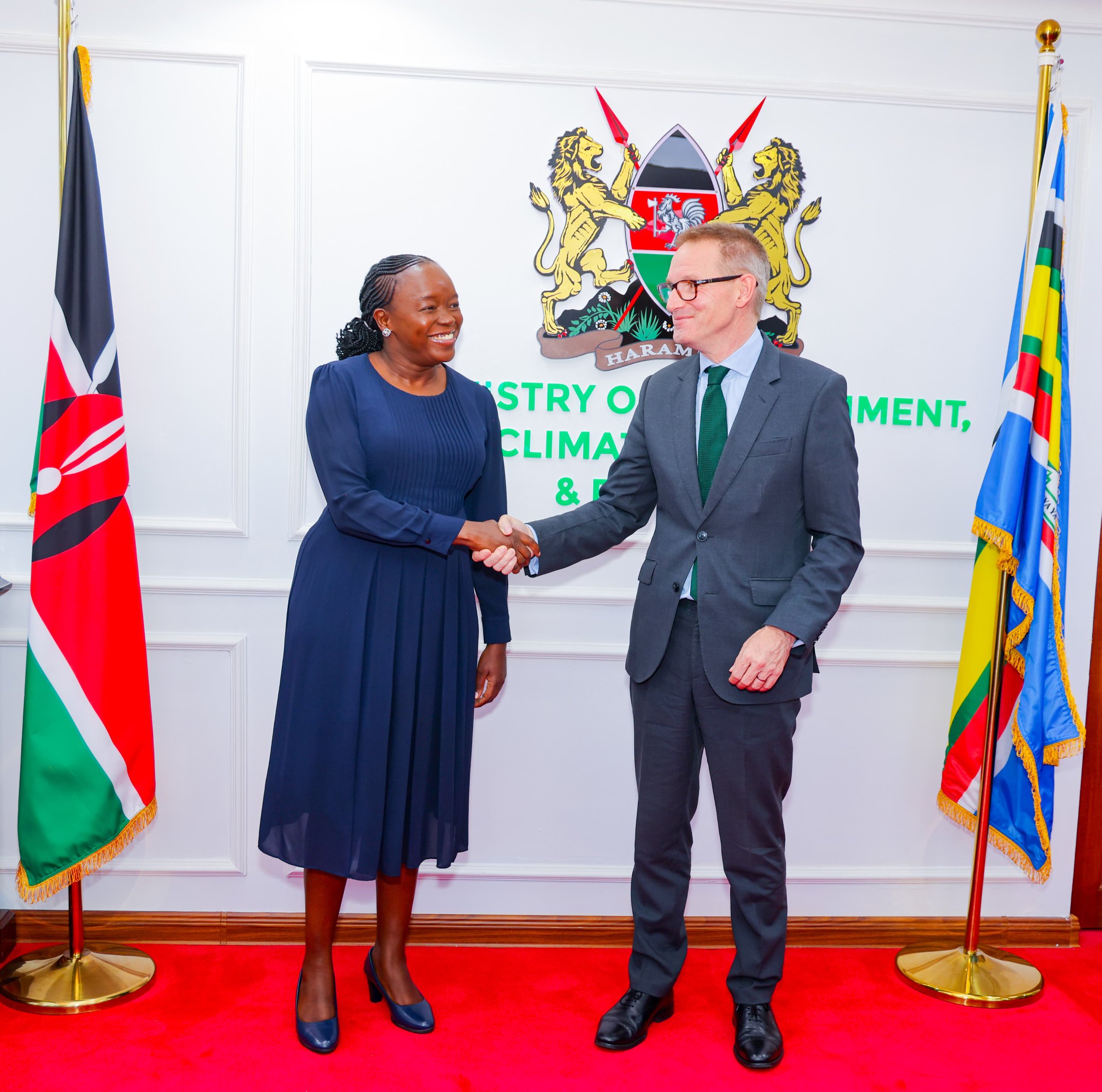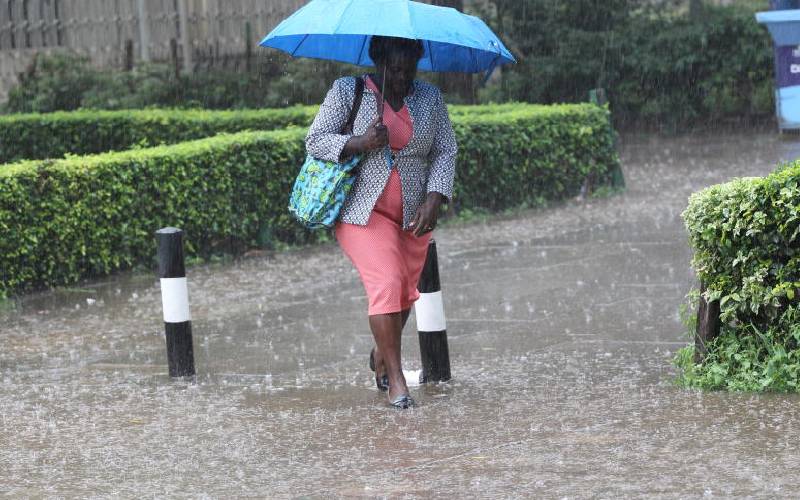- Additionally, there is an 86 percent chance that at least one of the next five years will be more than 1.5°C above the 1850-1900 average, and a 70 percent chance that the five-year average warming for 2025-2029 will exceed 1.5°C.
2024 was recorded as the warmest year on record. According to the World Meteorological Organization (WMO), there is an 80 percent chance that at least one year between 2025 and 2030 will exceed this record.
Additionally, there is an 86 percent chance that at least one of the next five years will be more than 1.5°C above the 1850-1900 average, and a 70 percent chance that the five-year average warming for 2025-2029 will exceed 1.5°C.
The WMO predicts that global temperatures will remain at these elevated levels.
“Every additional fraction of a degree of warming drives more harmful heatwaves, extreme rainfall events, intense droughts, melting ice sheets, sea ice, and glaciers, heating of the ocean, and rising sea levels,” the WMO stated.
However, the WMO does not provide predictions for individual years.
Read More
In 2024, the average temperature was 1.55°C. United Nations Secretary-General Antonio Guterres described this record as a call to action to prevent the worst impacts of climate change.
The Paris Agreement aims to limit global warming to 1.5°C, with the goal of not exceeding 2°C.
Guterres emphasized that while individual years may surpass the 1.5°C limit, it does not mean that long-term goals are unattainable: “It means we need to fight even harder to get back on track,” he said.






